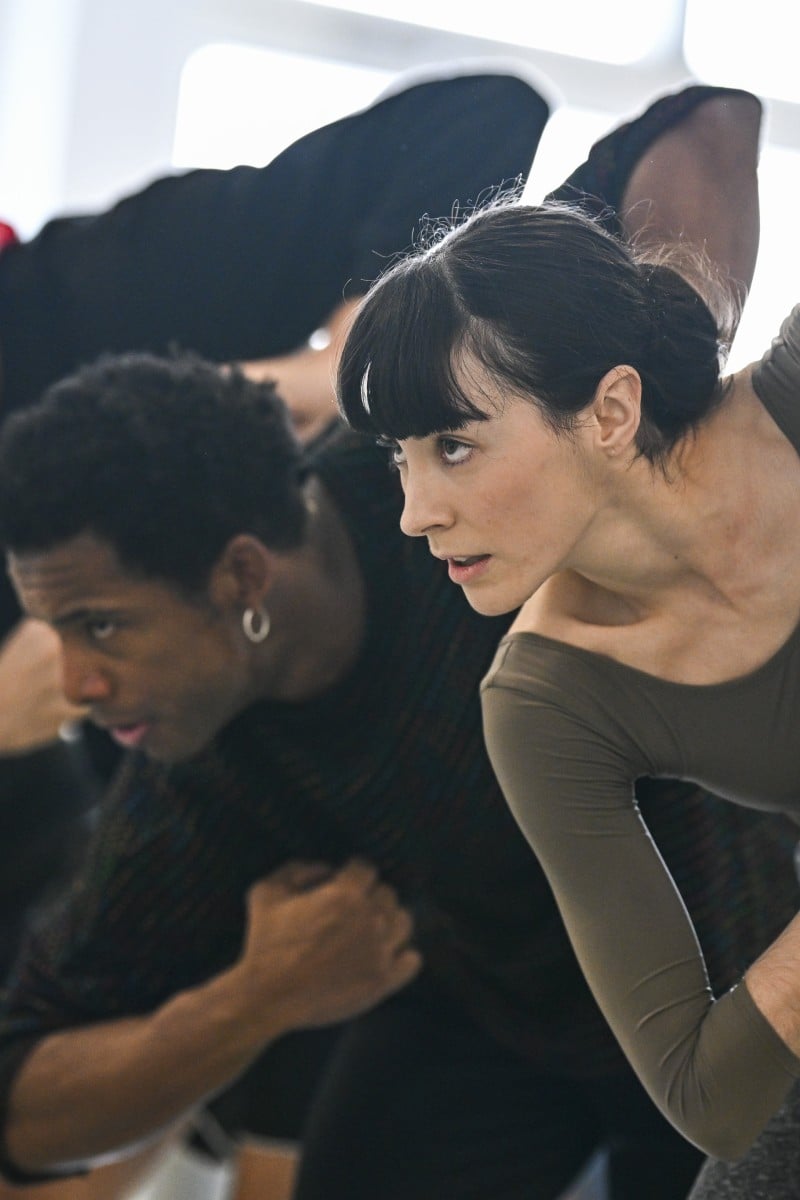
Study Buddy (Challenger): Why ballet is a high-performance sport and how it is countering the anorexic stereotype
- Dancers are under constant pressure to perform well, and the ballet world is one that is rife with clichés
- This page is for students who want to take their reading comprehension to the next level with difficult vocabulary and questions to test their inference skills
 For a long time, the ballet world was overshadowed by toxic body ideals and harsh training methods. Photo: Getty Images
For a long time, the ballet world was overshadowed by toxic body ideals and harsh training methods. Photo: Getty ImagesContent provided by British Council
Read the following text, and answer questions 1-9 below:
[1] The way ballet dancers gracefully twirl and spin to music is designed to look effortless, but it takes a lot of sweat and hard work. Dancers are under constant pressure to perform well, and the ballet world is one that is rife with clichés.
[2] One of those clichés is that all dancers are thin because they are anorexic – which Maria Baranova, prima ballerina of the Bavarian State Ballet in Munich, Germany, says is untrue. Being thin is more a consequence of training, she says. Ballet is a competitive sport in an artistic guise.
[3] A normal working day for Baranova, for example, begins at 10am and ends at 6pm. “We are top athletes. Every performance is like an Olympics for us, we are pushing our boundaries every day.” The job is tough and requires a lot of discipline. “There’s no easy way out. We are live on stage every time – you can’t Photoshop your result,” she says.
[4] Laurent Hilaire, director of the Bavarian State Ballet, says dancers are athletes of the highest calibre who have honed their craft for decades. Ballet companies are aware of the danger of eating disorders like anorexia, says Hilaire – who was a star dancer for the Paris Opera Ballet for two decades – but it does not happen very often any more. “We talk about it, we are concerned about it,” he emphasises.
[5] Ballet academies now offer health programmes. The University of Music and Performing Arts Munich (HMTM) has a performance nutritionist, Dora Meyer, who teaches ballet students “the knowledge and skills to be able to make food choices that support their health, well-being, growth and performance”.
[6] Unhealthy eating habits in the ballet world remain widespread, Meyer says. Dancers are three times more likely than non-dancers to develop an eating disorder. “Studies show that young dancers generally only consume 70 per cent of the recommended energy intake and have a below-average body weight and fat mass.”
[7] Meyer offers workshops, cooking classes and individual counselling sessions at the university. Twice a year, she provides students with nutritional recommendations and works with them to develop personalised nutrition plans tailored to their lifestyle.
[8] There is also a set minimum weight at HMTM. “It is important that dancers recognise that they are both artists and athletes. Without the right nutrition, performance suffers,” says Meyer. Prima ballerina Baranova also supports maintaining a healthy diet. “You can’t eat air – your body can’t function without fuel.”
Source: DPA, March 14
Questions
1. What does “it” in paragraph 1 refer to?
______________________________________________________________________________________________________
2. In paragraph 2, which of the following is a misconception about ballet dancers?
A. They pick up ballet because it is easier than competitive sports.
B. They do not have to train much because they are naturally thin.
C. They are all thin because they have eating disorders.
D. none of the above
3. What does Baranova mean by “you can’t Photoshop your result” in paragraph 3?
______________________________________________________________________________________________________
4. Find a phrase in paragraph 4 that means to “develop their skills or abilities over a long period of time”. ___________________________________________________
5. Which of the following best describes what Meyers thinks about ballet dancers’ eating habits?
A. They are less susceptible to eating disorders as compared to the past.
B. Healthy eating continues to be a challenge for some dancers.
C. The pressure to maintain a certain physique can lead of them to overeat.
D. There is no longer a need to focus on healthy eating habits within the ballet community.
6. What two trends are observed in dancers according to paragraph 6? (2 marks)
(i) _________________________________________________
___________________________________________________
(ii) _________________________________________________
___________________________________________________
7. Based on your understanding of paragraph 7, what is the aim of the services provided by Meyer?
______________________________________________________________________________________________________
8. According to paragraph 8, what do artists and athletes need to do to be at their peak performance?
______________________________________________________________________________________________________
9. The aim of this text is to inform audience about the …
A. gruelling nature of ballet and what a ballet academy has done to address concerns about eating disorders within the ballet community.
B. role of a performance nutritionist in a ballet academy and how it has helped one ballet dancer to overcome her eating disorder.
C. prevalence of eating disorders among dancers in different countries and what has been done to address this issue.
D. demanding physical aspects of ballet and what dancers need to sacrifice to be at the top of the game.
Answers
1. ballet dancers gracefully twirling and spinning to music
2. C
3. Every performance has to be perfect because ballet performances are live and cannot be edited afterwards. (accept all similar answers)
4. honed their craft
5. B
6. They are three times more likely than non-dancers to develop an eating disorder; young dancers generally only consume 70 per cent of the recommended energy intake and have a below-average body weight and fat mass.
7. It is to educate and empower students to develop healthy and personalised eating habits that support their well-being. (accept all reasonable answers)
8. They need to have a healthy diet and get the right nutrition.
9. A